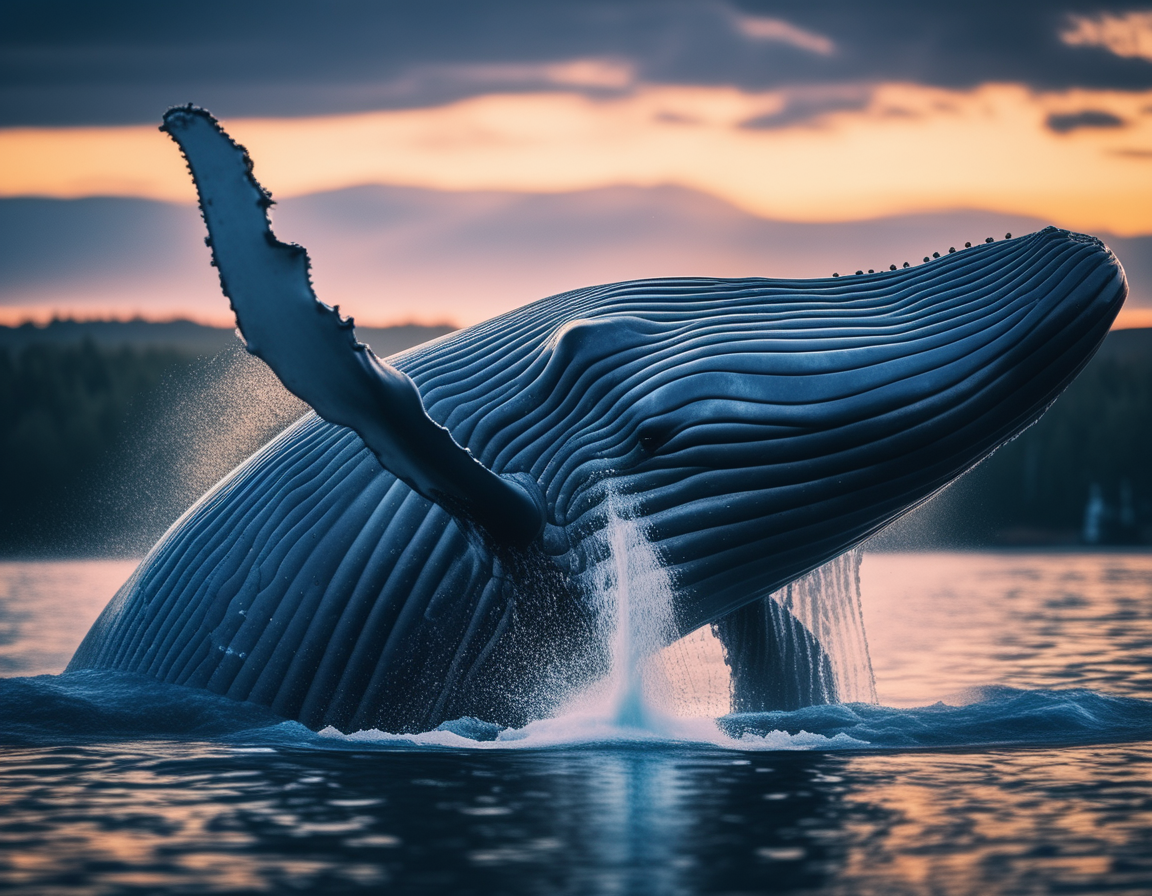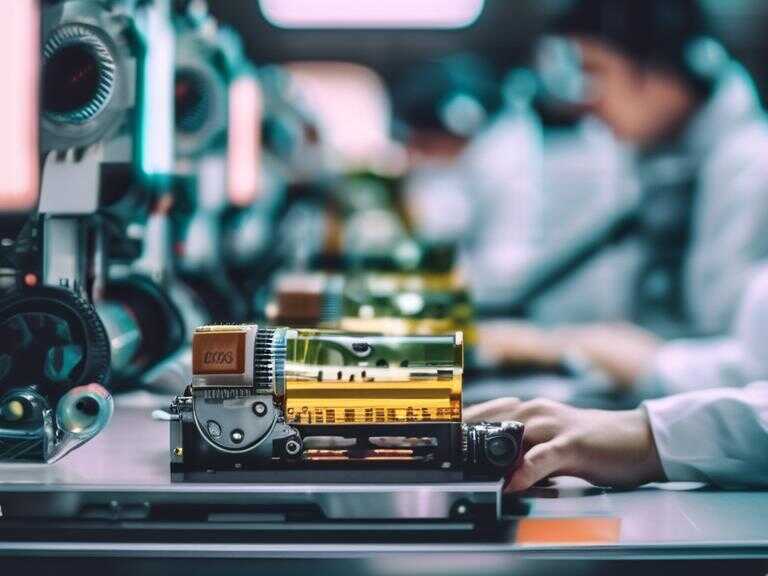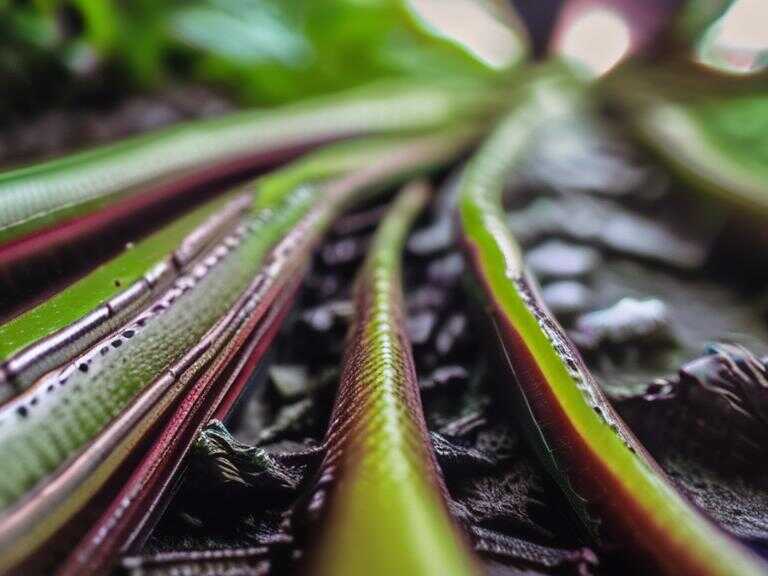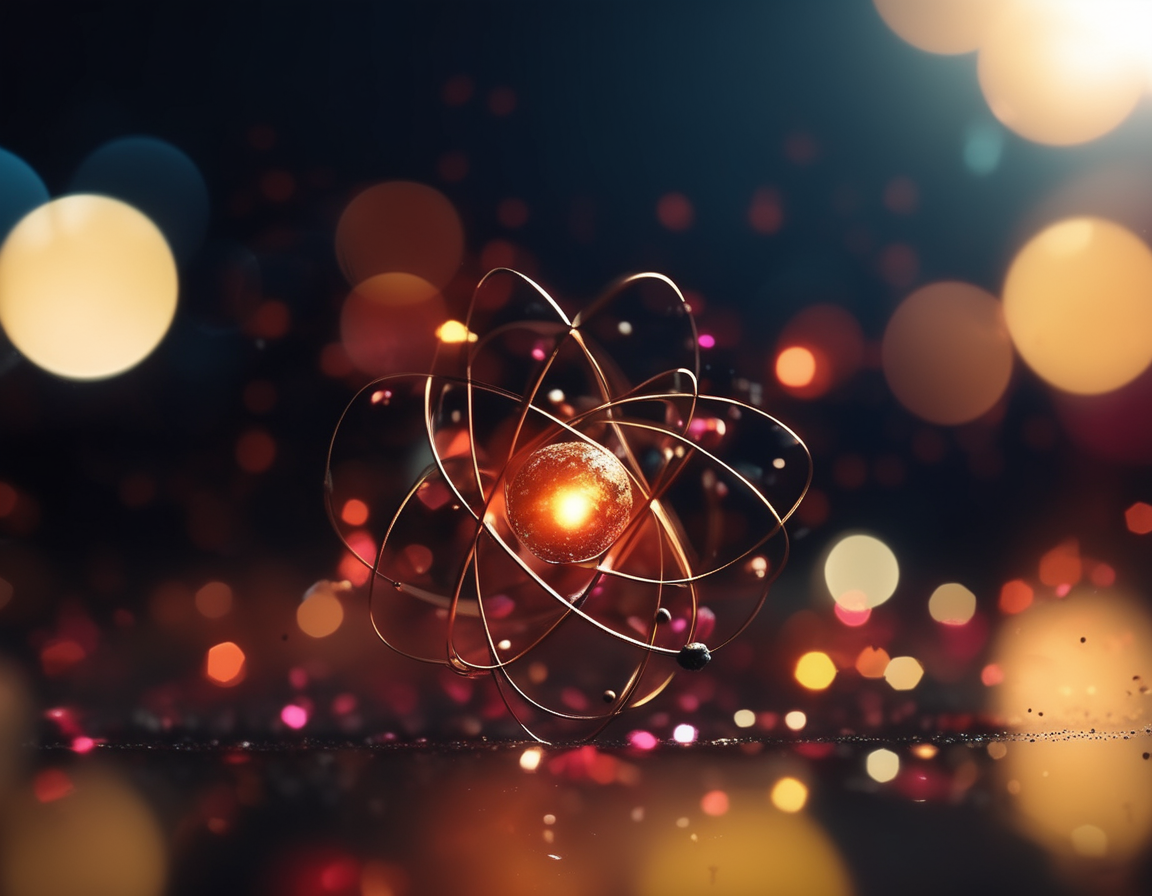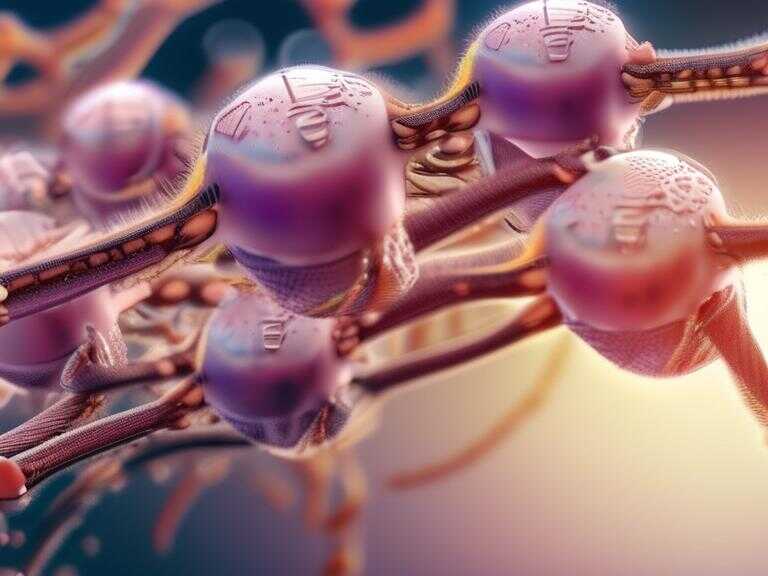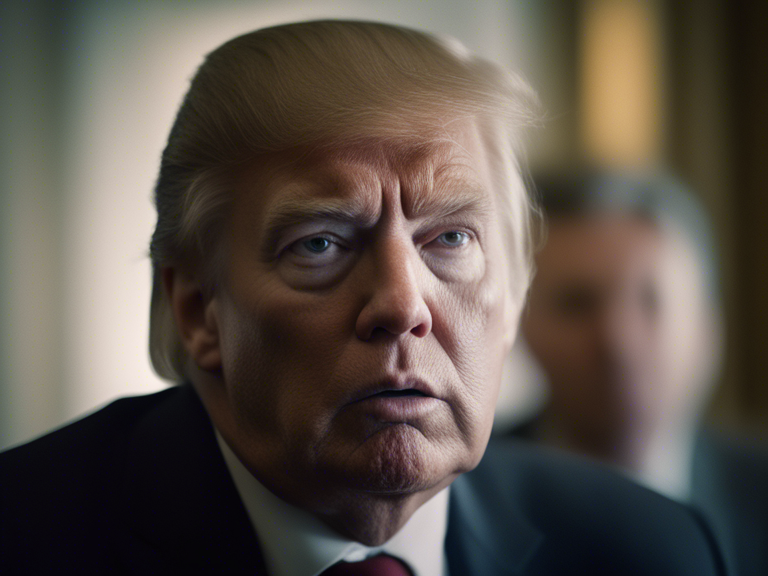
NASA Extends Boeing Starliner Crew's Space Stay: 2 Astronauts to Return in February
NASA delays returning two Boeing Starliner astronauts, sending two instead, due to thruster and helium leak issues, affecting future missions' crew assignments.

NASA has recently made the difficult decision to send two astronauts on the next SpaceX mission to the International Space Station (ISS), instead of the planned four. This change was necessitated by the need to ensure that two astronauts who are currently stranded in space can return to Earth in February. The agency's decision comes in light of the troubled Boeing Starliner, which has experienced ongoing issues with its thrusters and helium leaks. As a result, the decision was made to send the capsule back to Earth unmanned.
Copilot Policy and Reassignment
In a move to ensure a smooth return, NASA astronaut Nick Hague and Aleksandr Gorbunov, a Roscosmos cosmonaut, are expected to launch to the space station at the end of September. Unfortunately, due to these unforeseen circumstances, NASA astronauts Zena Cardman and Stephanie Wilson will no longer be part of the mission. However, the agency has assured that Cardman and Wilson would be eligible for reassignment on future missions.
NASA's decision to send two astronauts instead of the planned four was influenced by a need to prioritize the return of the stranded crew members. The agency emphasized that the reshuffling of the crew members was a difficult decision, as the astronauts had trained together as a cohort of four. Despite this, NASA chief astronaut Joe Acaba stated that the decision was made with the utmost care, ensuring the safety and successful operations of the station.
Previous Dependence on Russia and Current Operations
This change in crew configuration has prompted reflection on NASA's previous reliance on Russia to ferry astronauts to the ISS following the retirement of the shuttle program in 2011. The U.S. had relied on Russian spacecraft for astronaut transport after the tragic disintegration of the Space Shuttle Columbia during reentry in 2003. However, the landscape of space travel changed significantly with the advent of SpaceX's operational capabilities, which began transporting astronauts to the ISS starting in 2020.
Astronaut Experience and Mission Readiness
Amid these significant changes, the agency is confident in the capabilities of the assigned astronauts. Nick Hague, an active-duty colonel in the U.S. Space Force, brings extensive experience to the mission, having previously launched three times, including two trips to the ISS. His first launch in 2018 involved a safe reentry after a rocket booster failure, showcasing his adeptness in handling high-pressure situations. On the other hand, this upcoming mission will mark Gorbunov's inaugural trip to space.
While the necessary adjustments to the crew composition may have posed challenges, the dedication and professionalism demonstrated by all astronauts involved remain steadfast. Zena Cardman, despite not being part of the immediate mission, expressed her unwavering confidence in the selected duo, showcasing the camaraderie and unwavering support among fellow astronauts. Instrumental in their solidarity, Cardman and Wilson continue to provide assistance to their crewmates in preparation for the impending launch, embodying the spirit of a unified strength in space exploration.
These developments are a testament to the unpredictable nature of space missions, where unforeseen challenges can arise and necessitate quick and decisive actions to ensure the safety and success of the endeavor. As NASA navigates this latest chapter in space exploration, the agency remains resolute in its commitment to advancing human spaceflight and pushing the limits of exploration.
Share news





